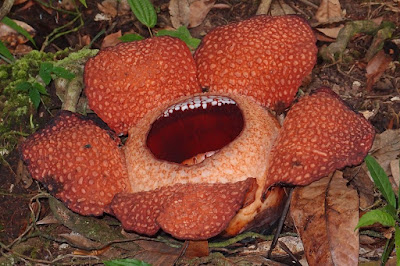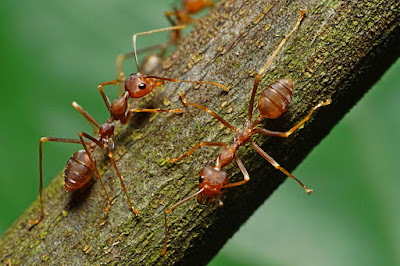Plume Moth

Plume moth Plume Moths have distinctive features but may not be immediately recognizable as moths. Unlike most moths, their wings are not folded to the body or outstretched when resting. Instead, the wings are held at right angle forming a T shape. The wings compose of several feather-like structures which are not readily seen because they are rolled when the creature is at rest. This tiny Lepidopteran only reach around 10mm across and they are quite common, often spotted sitting on leaves with its body slightly turned upward. Plume moths are not known as a major pest for most plants, but in India they are regarded as pest to Pigeon Pea. The hairy caterpillars bore into pods and feed on the developing grain.





